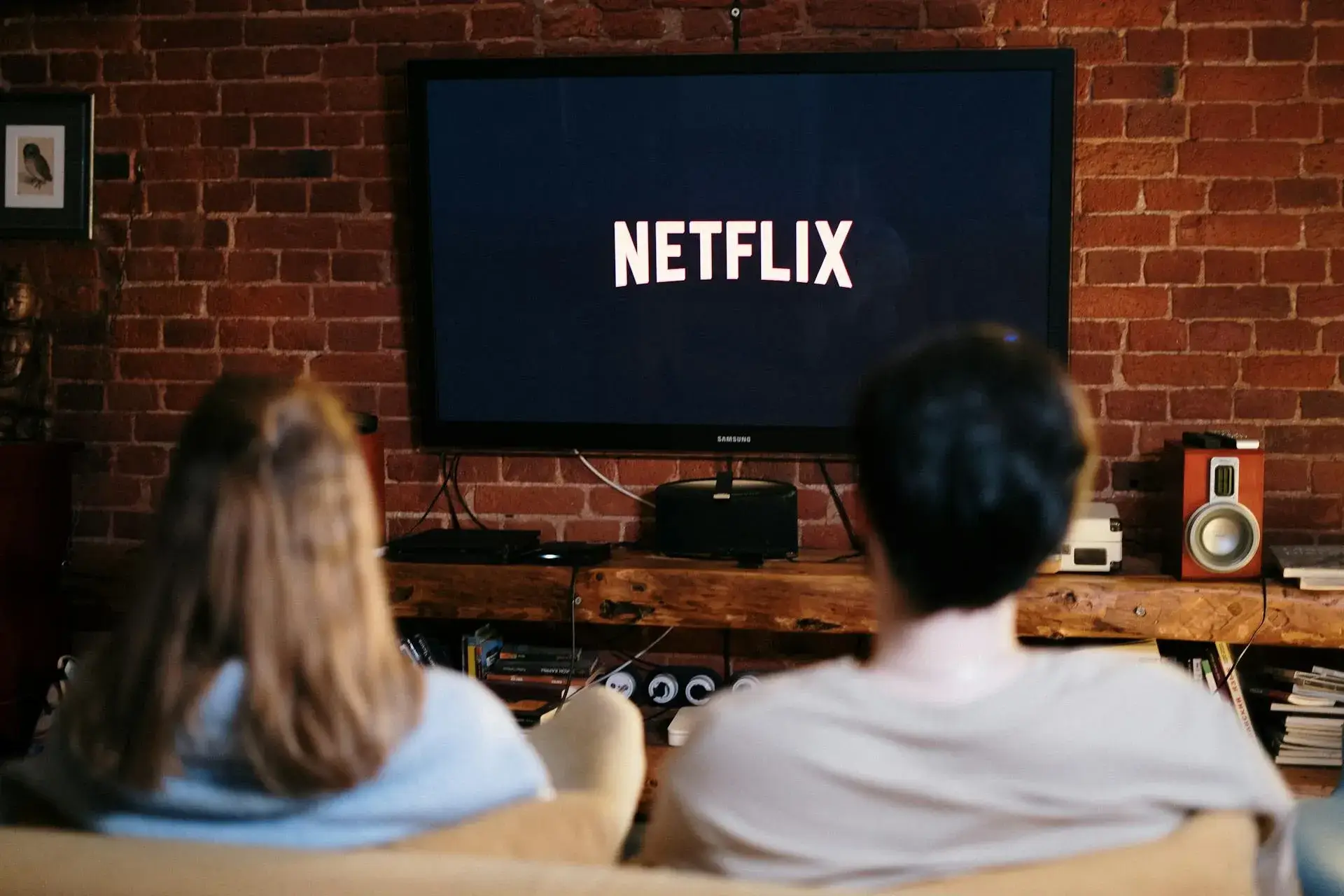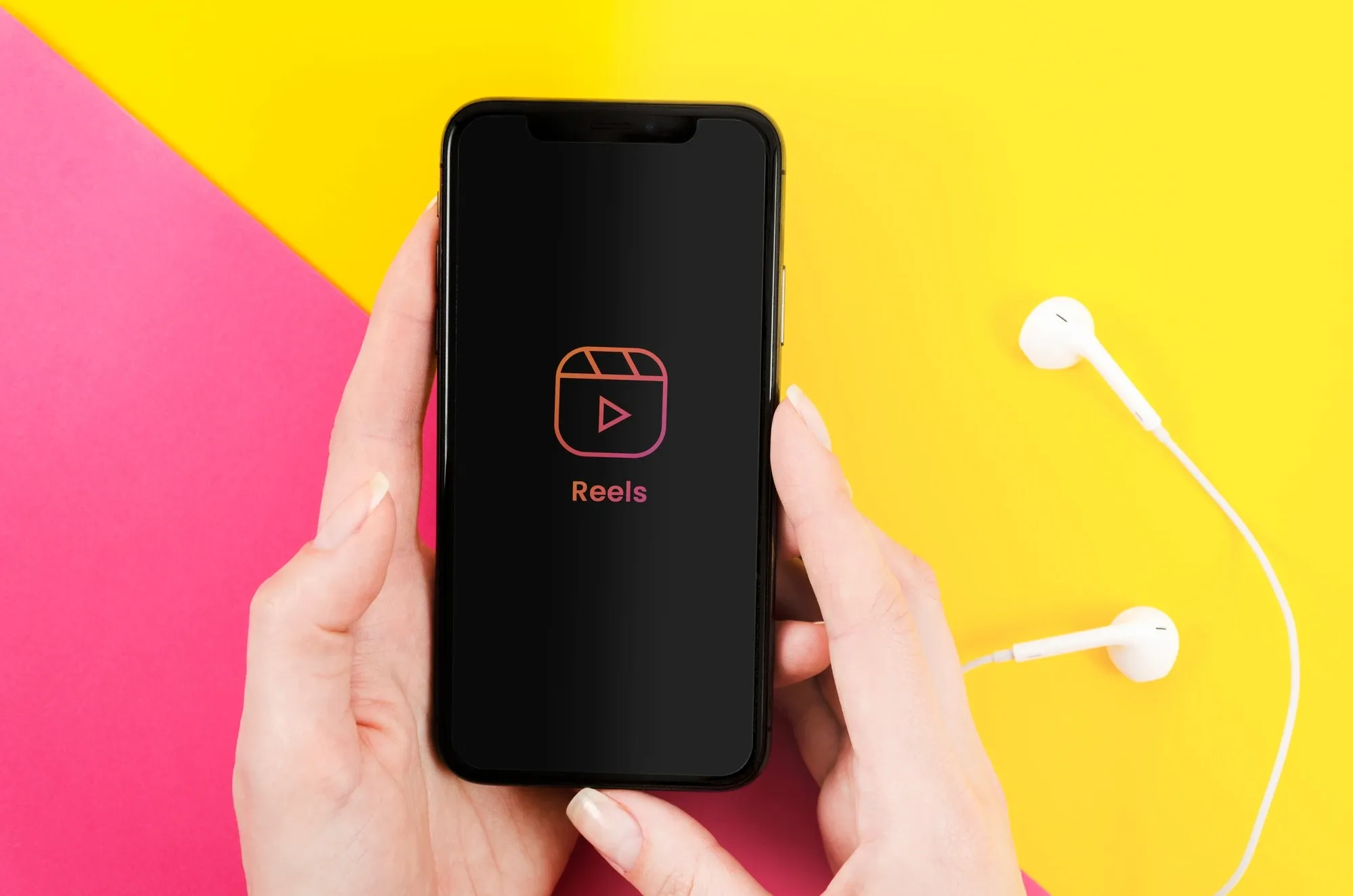The little red heart – a symbol of validation, a metric of popularity, or a pressure cooker of social anxiety? On Twitter, the like button holds immense power, but its influence comes with a double-edged sword. This article explores Twitter’s like dilemma, examining the psychological impact of likes and how the platform is navigating this complex issue.
Importance of likes on Twitter
The importance of likes on Twitter cannot be overstated. They serve as a vital form of social currency, indicating approval, agreement, or appreciation for a tweet. Likes provide immediate feedback to users, affirming that their content has resonated with their audience. This validation encourages continued engagement and fosters a sense of connection between users.
Additionally, likes play a crucial role in determining the visibility and reach of tweets. Posts with higher like counts are more likely to appear in users’ feeds and search results, increasing their exposure and potential for virality. In essence, likes are a fundamental aspect of the Twitter experience, shaping users’ interactions and influencing the platform’s dynamics.
Psychological aspects of likes
The psychological aspects of likes on Twitter delve into the intricate workings of human behavior and social interaction. Here’s a breakdown of these aspects:
Instant Gratification:
- Likes provide instant gratification to users upon receiving them.
- Seeing the notification and the like count increase triggers a dopamine rush, leading to feelings of pleasure and satisfaction.
Social Validation:
- Likes serve as a form of social validation, confirming users’ thoughts and opinions.
- The more likes a tweet receives, the more socially validated the user feels, boosting their self-esteem and confidence.
Understanding these psychological dynamics sheds light on why likes hold such significance on Twitter and how they impact users’ emotions and behaviors.
Negative impacts of likes
| Negative Impacts | Description | Examples |
| Anxiety and Stress | Likes can contribute to increased anxiety and stress levels among users. | Constantly checking for likes, feeling inadequate if posts don’t receive enough likes. |
| Addiction | The addictive nature of likes can lead to excessive usage of the platform. | Compulsively checking notifications, prioritizing social media over real-life interactions. |
| Decreased Self-Esteem | Users may experience a decrease in self-esteem if their posts receive fewer likes than expected. | Comparing like counts with others, feeling unworthy or unpopular. |
Understanding these negative impacts sheds light on the potential downsides of seeking validation through likes on Twitter.
Twitter’s Response to the Dilemma:
Twitter has recognized the dilemma posed by the prominence of likes on its platform and has taken steps to address the issue. Understanding the potential negative impacts of likes on users’ mental health and overall well-being, Twitter has implemented various strategies to mitigate these effects and promote a healthier online environment.
- Testing Removal of Like Counts:Twitter has experimented with hiding visible like counts on tweets to reduce the emphasis on metrics and encourage more meaningful interactions.
- Promoting Quality Content: The platform is focusing on promoting high-quality content regardless of the number of likes it receives, shifting the focus to the substance of the tweet rather than its popularity.
- Algorithm Adjustments: Twitter has adjusted its algorithms to prioritize tweets based on relevance and engagement with the content, rather than solely relying on the number of likes.
- Providing Support Resources: Twitter offers support resources and tools to help users manage their engagement with the platform and mitigate the negative effects of seeking validation through likes.
- Encouraging Authenticity: The platform encourages users to prioritize authenticity and genuine interactions over seeking validation through likes, fostering a healthier and more fulfilling experience for users.
- Collaborating with Experts: Twitter collaborates with mental health experts and researchers to better understand the impact of likes on users’ mental well-being and develop strategies to address any negative consequences.
In conclusion, Twitter’s response to the dilemma of likes reflects a commitment to fostering a positive and supportive online community. By prioritizing quality content, promoting authenticity, and collaborating with experts, Twitter aims to create a platform where users can engage in meaningful interactions without being solely focused on seeking validation through likes.
Strategies for Managing Likes on Twitter
Managing likes on Twitter effectively involves implementing various strategies to maintain a healthy relationship with the platform. Here are some key approaches:
Setting Limits:
- One effective strategy for managing likes on Twitter is to set limits on usage. Users can allocate specific times during the day to engage with the platform and set boundaries to prevent excessive scrolling and checking for likes.
- By establishing clear boundaries, users can maintain a healthier balance between their online and offline lives and reduce the negative impact of seeking validation through likes.
Focusing on Quality Over Quantity:
- Rather than obsessing over the number of likes their tweets receive, users can shift their focus to creating high-quality content that resonates with their audience.
- Emphasizing quality over quantity not only fosters more meaningful interactions but also reduces the pressure to constantly seek validation through likes.
- By prioritizing the substance and relevance of their tweets, users can cultivate a more engaged and loyal following, regardless of the number of likes received.
Engaging with Followers:
- Actively engaging with followers through replies, retweets, and direct messages can enhance users’ overall experience on Twitter.
- By fostering genuine connections and conversations, users can build a strong community of followers who value their content beyond just the number of likes.
- Engaging with followers also provides an opportunity to receive feedback, gain insights, and strengthen relationships, ultimately contributing to a more positive and fulfilling Twitter experience.
Practicing Self-Reflection:
- Regular self-reflection is essential for managing likes on Twitter effectively. Users should take the time to assess their motivations for seeking validation through likes and reflect on how it impacts their mental well-being.
- By understanding their own triggers and behaviors, users can develop healthier habits and attitudes towards social media, leading to a more balanced and positive experience on the platform.
Implementing these strategies can help users maintain a healthier relationship with likes on Twitter, ultimately leading to a more fulfilling and enjoyable experience on the platform.
Building a strong presence on Twitter
Building a strong presence on Twitter requires consistent effort and strategic engagement. Firstly, maintaining a consistent posting schedule is crucial. By regularly sharing content that is relevant and engaging, users can attract followers and increase their visibility within the platform’s community.
Secondly, actively engaging with followers is essential. Responding to comments, retweeting interesting posts, and participating in conversations can foster a sense of community and loyalty among followers, ultimately strengthening one’s presence on Twitter. By combining these strategies, users can build a robust and influential presence on the platform, establishing themselves as valuable contributors within their respective niches.






